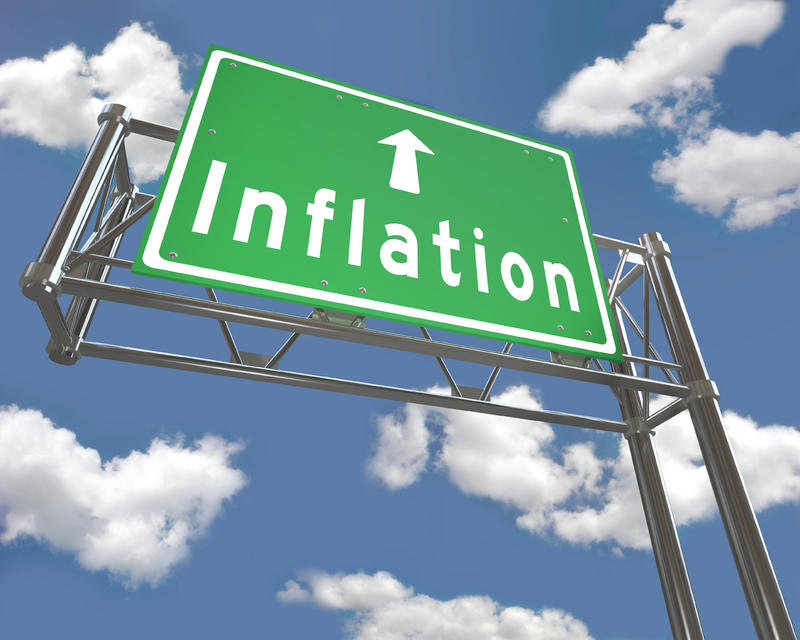
Figures from the Office for National Statistics (ONS) for the financial year ending (FYE) 2023 show that the median household disposable income in the UK was £34,500, a decrease of 2.5% from FYE 2022.
The figures are based on estimates from the ONS’ Household Finances Survey (HFS). The statistics show that the median household disposable income for the poorest fifth of the population increased by 2.3% to £16,400, partly because of Government cost-of-living support measures. However, this figure remains 2.4% below FYE 2020 pre-pandemic levels.
According to the ONS, the median household disposable income for the richest fifth of the population decreased by 4.9% to £68,400; this is 4.3% below pre-pandemic FYE 2020 levels.
The mean household disposable income for the richest fifth of households was six times greater than the poorest fifth of households (£82,900 and £15,000 respectively), while mean weekly household expenditure was only two times greater, likely contributing to greater financial resilience for richer households.
The ONS calculated that disposable income inequality decreased from 35.5% in FYE 2022 to 33.1% in FYE 2023. This is the largest year-on-year decrease since 2011, affected by an annual increase in income for the poorest fifth of households and a decrease in annual income for the richest fifth of households.

Wellness and wellbeing holidays: Travel insurance is essential for your peace of mind
Out of the pandemic lockdowns, there’s a greater emphasis on wellbeing and wellness, with
Sponsored by Post Office
Rachael Griffin, tax and financial planning expert at Quilter, said: “The latest figures on household disposable income sheds light on the broader economic landscape, highlighting the compounded challenges facing many UK households. At a time when inflation and cost-of-living pressures are squeezing real incomes, the Government’s policy of freezing tax thresholds adds another layer of strain, particularly for middle- and upper-middle-income earners.
“The 2.5% drop in median household disposable income in FYE 2023, particularly among the wealthiest households, underscores the widespread financial impact that has been exacerbated by fiscal drag. Despite wage growth driven by post-pandemic recovery, more households are being pushed into higher tax brackets, without a corresponding rise in purchasing power.”
‘Fiscal drag’ – where wages increase but income tax thresholds stay the same – has effectively pushed thousands of workers into paying more tax. This disproportionately affects households hovering around key thresholds like £50,000 and £100,000.
This creates not just financial but psychological disincentives, particularly for families, where the loss of child benefit and personal allowances acts as a significant deterrent to career progression or additional earnings.
Griffin added: “As the richest fifth of the population saw a 4.9% drop in disposable income, it is clear that even those at the top end are feeling the impact. However, with their income still six times that of the poorest, their financial resilience offers some buffer, unlike households on the other end of the spectrum.
“This may be set to get worse in the near future, with Reeves intonating that those with the broadest shoulders would be targeted at the upcoming Budget. The previous Government’s support measures did help increase the income of the poorest fifth by 2.3%, but this group remains below pre-pandemic levels, reflecting deeper structural issues.”




